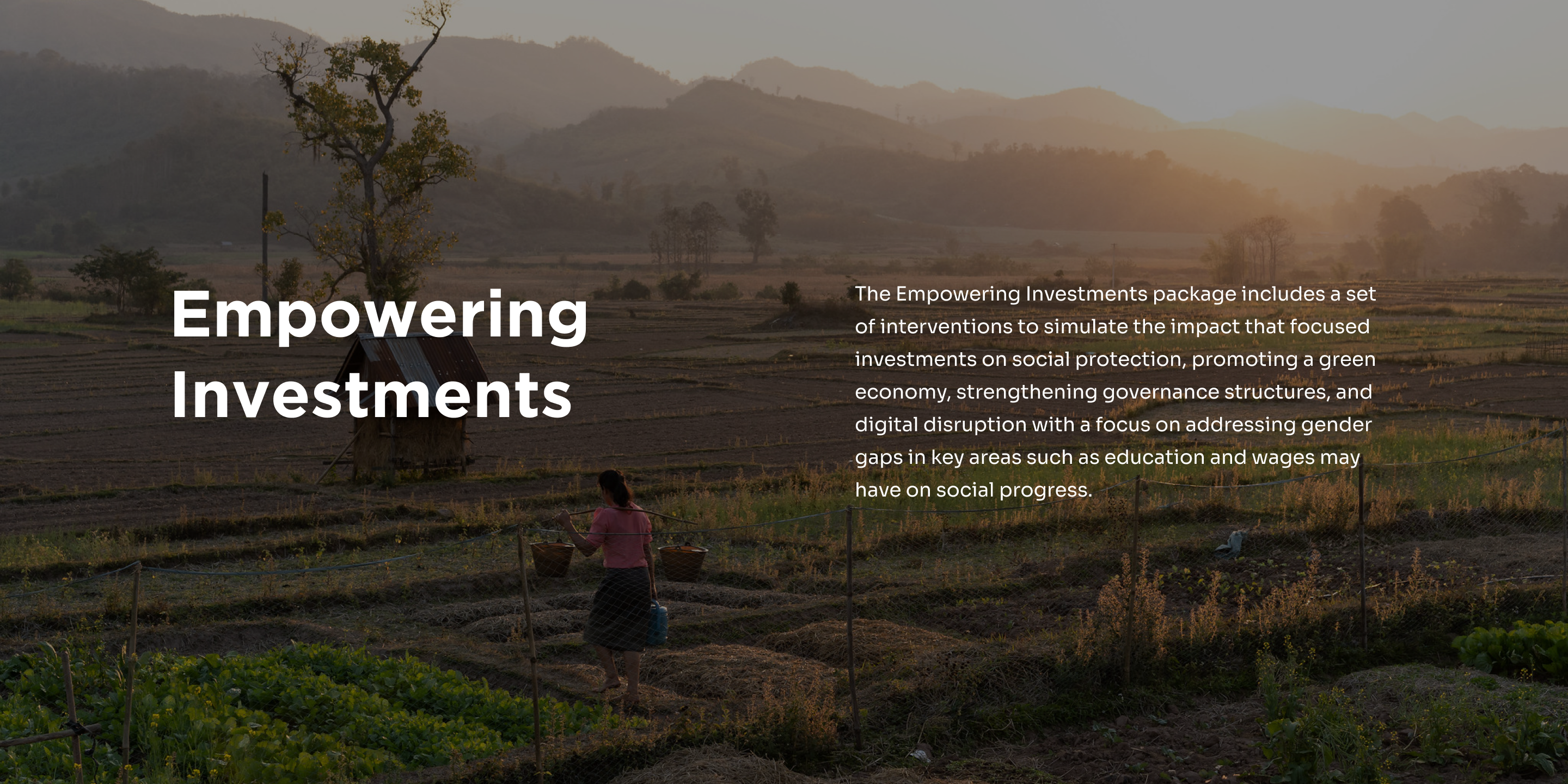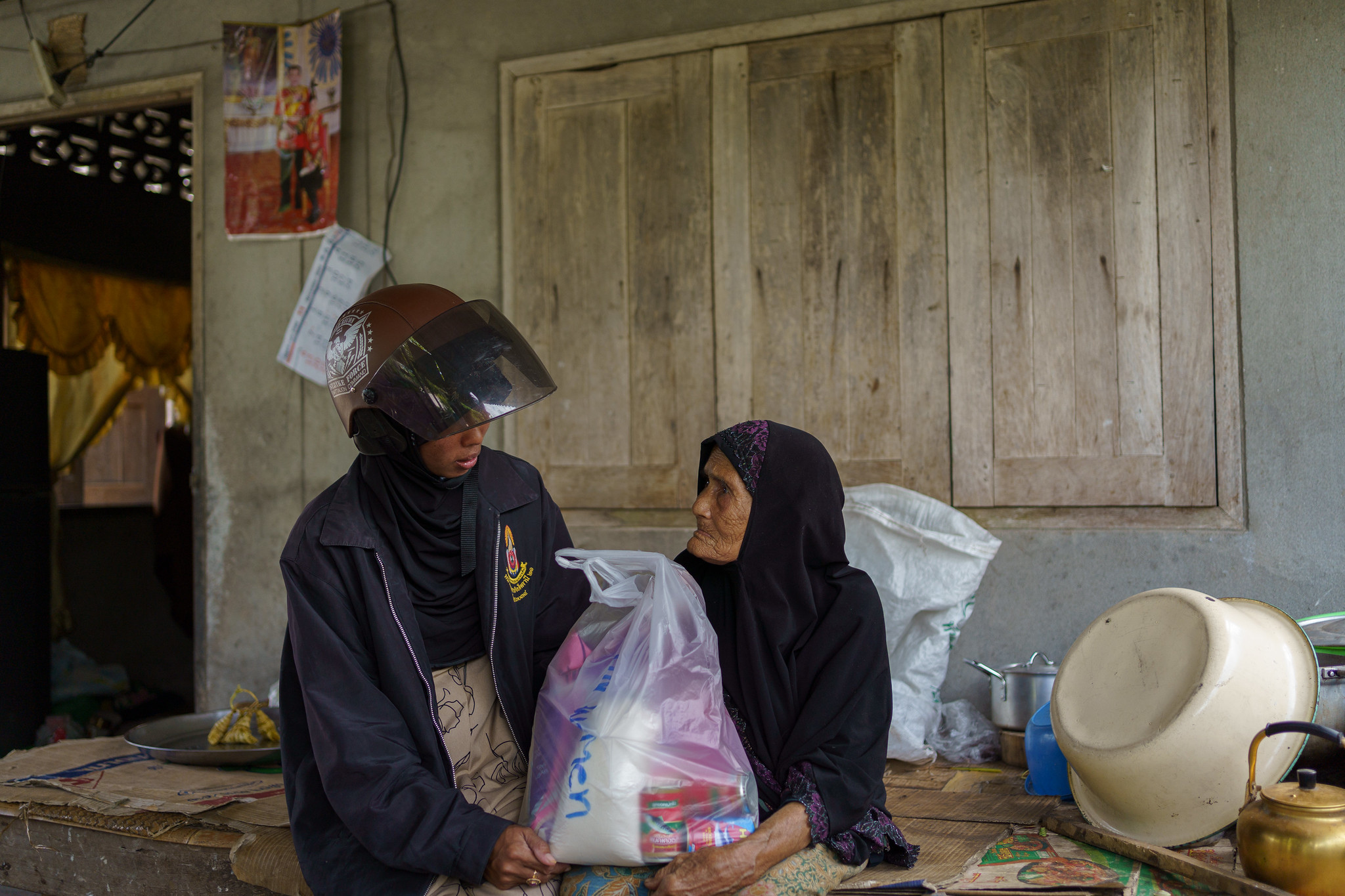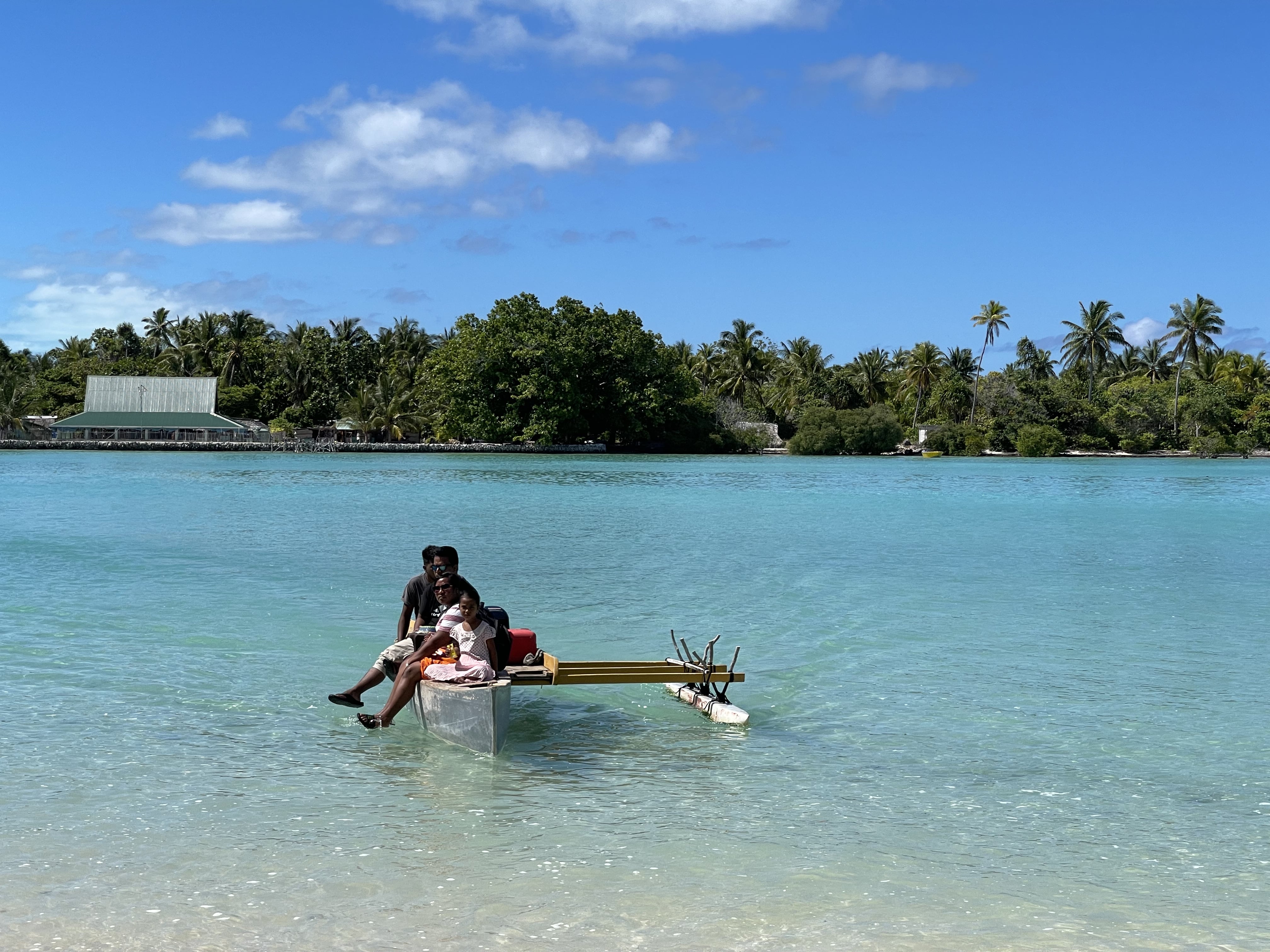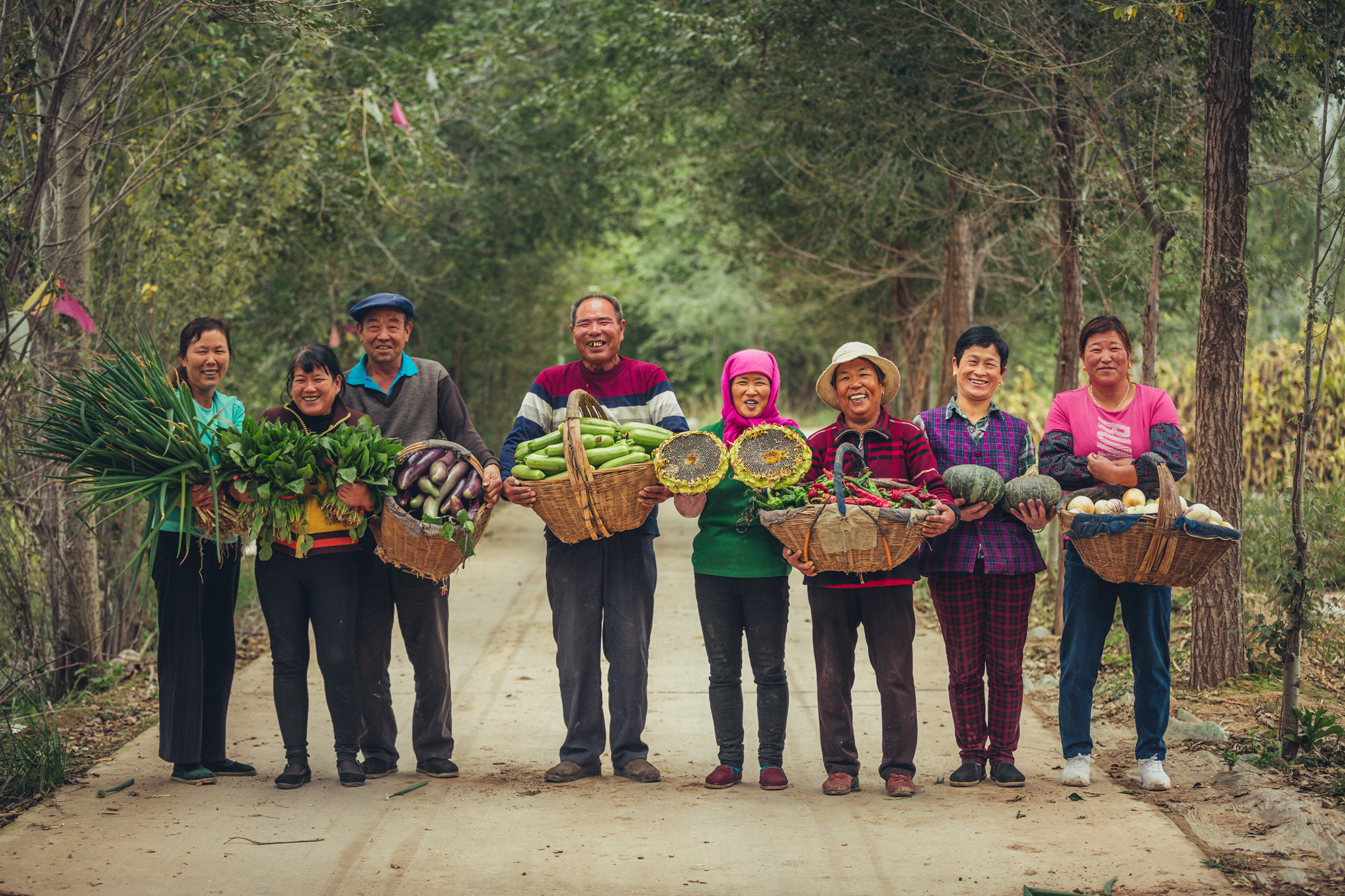
Content
The assumptions and parameters that make up this package* include the following:
-
Social Protection
-
Governance
-
Green economy
-
Digital disruption/innovation
- Improved diets via additional calorie allocation to those most in need.
- Increased numbers of improved modern cookstoves by 500 million units over a 12-year period.
- A targeted doubling of the public health budget.
- Increase government welfare transfers to unskilled households (as a percent of GDP) to levels on average with high-income economies over a 10-year period. Countries already at that level remain unchanged.
- Increased access to water and sanitation:
- Percentage of population with access to piped water doubles over 30 years (world) and increases by 50% over 30 years (WB low-income countries). The more substantial intervention outside of low-income countries is because the intervention works on closing the remaining gap with universal access, a process that becomes more demanding as it progresses.
- Percent of population with access to improved sanitation doubles over 30 years (world) and increases by 50% over 30 years (WB low-income countries).
- Ratio of female to male wages by country reaches 1 by 2050 (simulates all countries reaching wage parity over 30 years; ratio left alone if it already exceeds 1).
- A 20 percent reduction in total fertility rates over the course of 10 years.
- Converge female and male wages over a 10-year period. Countries where women earn more wages remain unchanged.
- Increases female student throughout across all levels by 20 percent (if possible) over a 10-year period for all countries.
UN Women/Nicholas Axelrod

- The scenario simulates improved governance participation by 30% over a 13-year period via Polity project index.
- Improves governance effectiveness (quality) by 30% over 13-year period - World Bank’s governance effectiveness index.
- Reduces government corruption by 30% over 15-year period - Transparency International index.
UN Women/Patrick Rose

- Water demand is reduced by 30% over 32 years in the world.
- Electricity transmission and distribution loss (as a percent of production) drops by 40% over 13 years in the world.
- Reduction of particulate matter in urban air (urban air pollution) of 30% over 35 years in the world.
- Increase in forested land area- simulating impact of reforestation in the world.
- A carbon tax is introduced at $200 per ton over 13 years for OECD countries; and at $50 per ton for non-OECD countries in a 13-year period.
- Energy demand per unit of GDP decreases by 1.4% annually, slowly declining to a rate of 1.3% by 2050, reducing the energy intensity of the economy.
- Simulating increased cleaner and more sustainable energy production sources by:
- Annual rate goedi encouragement of technological progress
- Energy demand in OECD countries falls a further 10% over 68 years, relative to endogenous calculation.
- Energy demand in non-OECD countries falls a further 38% over 78 years, relative to endogenous calculation.
- Increased electricity access, tripling the upward push in the percentage of the world population with access to electricity over a 12-year period.
- Increasing electricity access in low income countries by 50% over a 12-year period.
- World agricultural production loss of crops, meat, ocean fish catch, and aquaculture is reduced by 30% over 30 years.
- World agricultural transportation and processing loss is reduced by 30% over 30 years.
- World agricultural food loss at the consumption stage is reduced by 30% over 30 years.
- High-income economies increase their agricultural yields by 20% over 15 years.
- Upper-middle-income economies increase their agricultural yields by 20% over 15 years.
- Lower-middle-income economies increase agricultural yields by 50% over 50 years.
- Low-income economies double agricultural yields over 50 years. This intervention results in yields that follow historical patterns. This, in combination with improved diets/calories intervention (incentive), results in yields that grow more rapidly.
- Countries currently catching more than 2 mmt of fish annually reduce their fish catch by 25% over 50 years.
UN Women/Qiu Bi

- Lower secondary graduation rates are tripled in a 12-year period starting in 2021.
- Targets a 5% annual increase in lower secondary graduation starting in 2021.
- The rate of science and engineering graduates increased by 10 percentage points over a 13-year period.
- Doubles the total of lower secondary graduation rates over a 13-year period starting in 2021.
- Targeting a doubling of budgetary allocation to education.
- Targeting a doubling of budgetary allocation to research and development.
- Targeting a doubling of budgetary allocation to infrastructure.
- Private research and development spending as a percent of GDP increased by 20% over 13-year period.
- Access to broadband grows 50% over 19 years.
- Access to mobile broadband grows 50% over 19 years.
UN Women/Gagan Thapa Magar

Content
